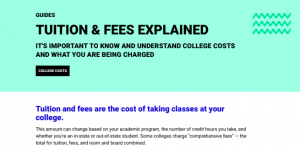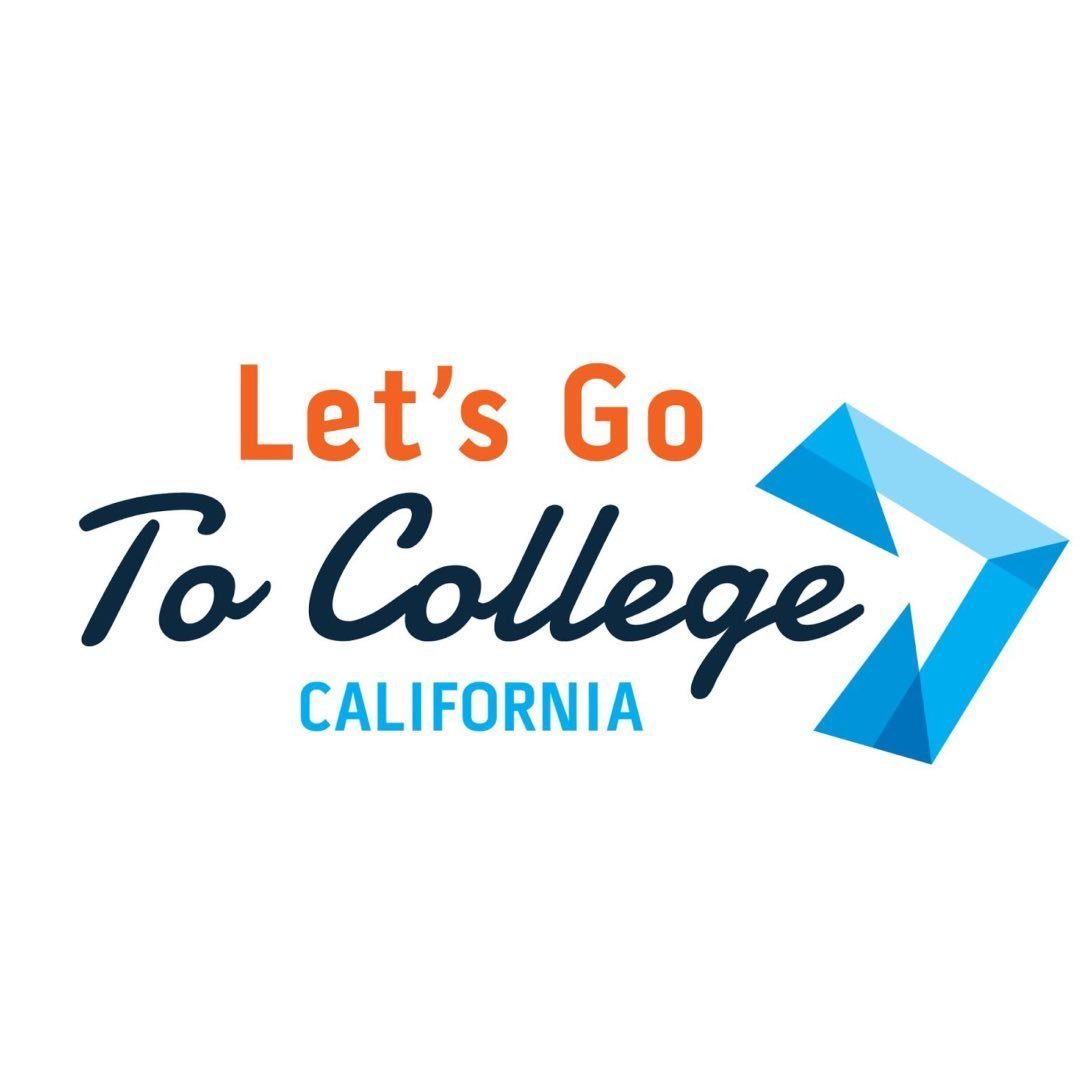
Career & Early Adulthood |
One of the exciting yet scary things about starting college is that you begin your adulting phase! Having an accurate and realistic budget can help you pay off your necessities while ensuring you have wiggle room to treat yourself! While budgeting can sometimes be daunting, it is essential as we are now responsible for managing our own money.
Here we will break down how to set a budget that works for you into five phases:
Phase one: Find out what your monthly income is
Your monthly income can come from a regular paycheck, allowance, and side gigs. If you receive a steady paycheck, make sure you are calculating your after-tax income rather than your gross income (before taxes). If you are self-employed or have side gigs, subtract anything that reduces that income, such as business expenses and take in consideration irregular income.
Phase two: Tracking and categorizing expenses
Once you know your monthly income, it is time to figure out your expenses. You can look at your credit card and bank statements to see how you’re spending your money. While doing this, categorize your expenses to determine which are fixed (e.g., rent) and which vary (e.g., groceries, shopping)
Phase three: Setting realistic goals
Before creating a budgeting plan, you need to list short-term and long-term financial goals. Short-term goals should take one to three years to achieve, while long-term goals may take decades. We understand that a decade sounds like a long time, but Diamonds by Rihanna was released a decade ago…
Now that we got that out of the way, short-term goals can be setting up an emergency fund or saving up for a vacation after the school year, while long-term goals could be saving up for retirement. Your financial plans do not need to be official, but knowing them can help motivate you to stick to your budget!
Phase four: Choosing a budgeting plan
There are many budgeting plans, but the most beginner-friendly program is the 50/30/20 rule. The 50/30/20 rule allows you to divide expenses into three categories by percentages. You spend 50% of your after-tax income on your necessities (e.g., rent, minimum payments), no more than 30% on wants (e.g., takeout), and at least 20% on savings (e.g., emergency fund). Check out the 50/30/20 calculator by Nerdwallet to get started. Remember that wants and needs vary by individual, someone’s daily coffee may be a want while another person may see it as a need.
Phase five: Adjust and review your budget
Congrats! You have set a budget. If you go over your budget, it happens! A budget is meant to be flexible because these scenarios do happen. Adjust your budget to ensure your necessities are taken care of first to get back on track. You may need to change your budget, but it should return to normal.
Sources:
Nerd Wallet
BoA

After You Submit Your Application, Paying For College |
Navigating your financial aid award letter can be confusing because of all the unknown terms and definitions. It is important to understand your total attendance cost so that you determine what you may need to pay out of pocket.
Tuition and Fees are part of the expenses on your financial aid award letter. Tuition refers to the cost of attendance and fees are other expenses like room and board, meal plans, and books!

To learn more about tuition and fees, download this guide Tuition and Fees Explained. Guide provided by DecidED

Help Applying For Scholarships, Paying For College |
We’re excited to share these upcoming scholarships with students residing in the North region of CA! Whether you’re ready to start the application process today or not, the Let’s Go team advises that you save these opportunities and get connected with the organizations who allocate these funds to further support your education.
As always, good luck with the process! If you have any questions or would like to access additional scholarship opportunities, follow us on Instagram @gotocollegeca
Dare To Dream Scholarship
Each year the Dare-to-Dream Scholarship Program provides higher education funding opportunities for a number of current or former foster high school graduates and GED recipients in VOA’s service areas. Scholarships are given to former foster youth who are motivated to attend college in order to build emotional, financial and social security.
Eligibility:
- Current or former foster youth living or have lived in Northern California
- Be a 2023 graduating high school student or has already earned a high school diploma or GED
- Accepted or expects to be accepted to an accredited 4-year college/university, community college or vocational program
- Current GPA of 2.0 or higher
Deadline
April 14, 2023
Chicana Latina Foundation Scholarship
Each year, CLF selects 40-45 students to be part of the Leadership & Scholarship Program. As a recipient, awardees will participate in a year long program in the following ways:
- Awardees will attend all Leadership Institute sessions in August 2023 and February 2024
- Awardees will receive a scholarship of $1,500, which is split into two payments.
- Awardees will be invited to attend the Annual Award Dinner in January 2024.
- Awardees will act as CLF Ambassador for 10 hours during the 2024 Application cycle by completing outreach on their campuses
Eligibility:
- Self-identify as a Chicana and/or Latina
- Be enrolled in an accredited college, university, or community college in one of the following California counties: Alameda, Contra Costa, Marin, Monterey, Napa, Sacramento, San Mateo, Santa Clara, Santa Cruz, Solano, San Francisco, Sonoma, or Yolo
- Commit to attending the CLF Leadership Institute Sessions & CLF Annual Awards Dinner
- Commit to volunteering 10 hours as a CLF ambassador before March 2024
Amount Awarded
$1,500
Deadline
March 31, 2023
10,000 Degrees Scholarship
10,000 Degrees proudly provides scholarships to students with significant financial need who exhibit a strong desire to go to college and accomplish their educational goals. Scholarship recipients will receive one-to-one support from trained Fellows who provide the student with ongoing mentorship both on campus and off during their entire college journey. After a student graduates, they will also have access to Career and Alumni Success services, and will be invited to stay connected to 10,000 Degrees through their Alumni LinkedIn group and Young Professionals and Alumni Council networking group!
Eligibility:
- Must demonstrate financial need in pursuit of your first associate’s degree, bachelor’s degree, teaching credential, or certification for a technical program
- Must be enrolled in 12 academic units or more
- Must be a student in the Bay Area: Marin, Sonoma, San Francisco, Contra Costa, San Mateo, Santa Clara, Napa, and Lake counties.
- Must have completed either the FAFSA or the California Dream Act Application
Amount Awarded
$1,500
Deadline
Rolling-basis until all funds are distributed
Don & Roy Splawn Scholarship
The Don and Roy Splawn Charitable Foundation West Scholarship Grant Program is open to financially disadvantaged students who wish to further their pursuit of post secondary education; whether it be of an academic or vocational nature.
Eligibility:
- Must be a High School Senior
- CA resident
- Must demonstrate financial need
- Must have a 2.6 GPA and above
- Must engage in paid or unpaid Community Service Extracurricular Activities
Amount Awarded
$200 – $2,000
Deadline
April 9, 2023

Help Applying For Scholarships, Paying For College |
We can’t believe we’re already halfway through the month of February! It’s never too early to get started on scholarship applications, that is why our team has put together yet another list of scholarships for you to take advantage of.
Again, if you’re new to the scholarship writing process, don’t worry we got you. The team over at Immigrants Rising created this Scholarship Essay Worksheet to help make the writing process easier for you. We hope this resource will help, be the first to access additional tips and tricks and college resources by following us on Instagram @gotocollegeca
Matsuo Bridge Company, Ltd. of Japan Scholarship
Eligibility
- Applicant must be a minimum of eighteen years of age.
- Applicant must have a high school diploma.
- Applicant must have a 3.0 overall G.P.A.
- Student must be enrolled full or part time in an accredited college or university in the United States.
- Applicant must submit all application information.
Description
The purpose of this scholarship is to provide financial assistance to an individual interested in pursuing a career in civil engineering, welding engineering, or welding engineering technology.
Amount Awarded
$2,500
Deadline
March 1, 2023
Horatio Alger Scholarship
Eligibility
- Be enrolled full time as a high school junior in the United States
- Demonstrate critical financial need ($55,000 or lower adjusted gross family income is required)
- Be involved in co-curricular and community service activities
- Maintain a minimum grade point average (GPA) of 2.0; and
- Be a United States citizen
Description
This opportunity assists high school students who have faced and overcome great obstacles in their young lives. National Scholars receive an all-expenses paid trip to Washington, D.C., during the spring of their senior year to participate in the National Scholars Conference.
Amount Awarded
$25,000
Deadline
March 15, 2023
Dr. Horace Jackson Legacy Scholarship
*Riverside/San Bernardino Area students only
Eligibility
- Graduating senior from John W. North HS with a minimum 2.7 G.P.A.
- Show proof of full-time enrollment in a 2-year college and proof of full-time registration in classes at the start of each semester
- Completed FAFSA form
- Exhibit involvement in community and/or school activities, which may include participation in an Academy program at North High
Description
This scholarship provides financial assistance in the form of scholarships to graduating high school students from John W. North who demonstrate a desire to continue learning and a deep commitment toward a better, more inclusive world.
Amount Awarded
$3,000
Deadline
March 31, 2023
David and Mary Hjorth Family Endowment Fund Scholarship
*Riverside/San Bernardino Area students only. To access the scholarship application and scholarship criteria, scroll to the designated scholarship and click [+] to learn more.
Eligibility
- Minimum 3.5 G.P.A.
- Minimum 30 credits of honors/AP level coursework, 20 of which must be in Junior and/or Senior year and completed by the first semester of senior year.
- Minimum of 50 hours Community Service
Description
This scholarship offers one-time scholarships awarded to four students, who are graduating seniors of Upland High School and will be attending an accredited four-year college or university.
Amount Awarded
$5,000
Deadline
March 31, 2023

Help Applying For Scholarships |
February 1st marks the start of Black History Month. To all Black students paving the way, you’re doing a great job! The Let’s Go team has compiled a list of resources catered for you and your college success, you can learn more below:
Scholarships For You
Black Students of California United Scholarship
The BSCU is offering scholarships ranging from $500 to $1,000 to dedicated and committed youth leaders currently in the 12th grade. All applications must be received by 11:59 pm on Monday, February 20, 2023. All required documents must be submitted via the designated Google portal to be considered.
Study.com Scholarship for Black Students
This opportunity provides a $2,000 academic award to a Black student who is pursuing their undergraduate college degree. All applications must be received by Monday, May 1, 2023. All applicants must meet the eligibility requirements listed.
Resources For You
Black Students of California United
If you’re ever in search of additional scholarship opportunities, the BSCU is an excellent source to tap into.
Go For Yours
Go For Yours is an amazing initiative dedicated to celebrating the academic accomplishments of Black students all across the world. Check out their website to learn more about the programs, scholarships, and additional funding opportunities that they offer.
On-Campus Resources
Currently a student at a CSU campus?
The CSU website has compiled a list of resources for Black students to access during their college careers. Visit their website to learn how you can connect with other Black students on campus!
To learn more visit: https://www.calstate.edu/impact-of-the-csu/community/Pages/african-american-communities-resources.aspx
Currently at a Community College?
Did you know that CA Community Colleges currently partner with Historically Black Colleges and Universities (HBCUs) to offer guaranteed transfer to students who receive at least a 2.0 GPA and 30 transferable units.
To learn more visit: https://icangotocollege.com/student-support-services/black-african-american-student-success








